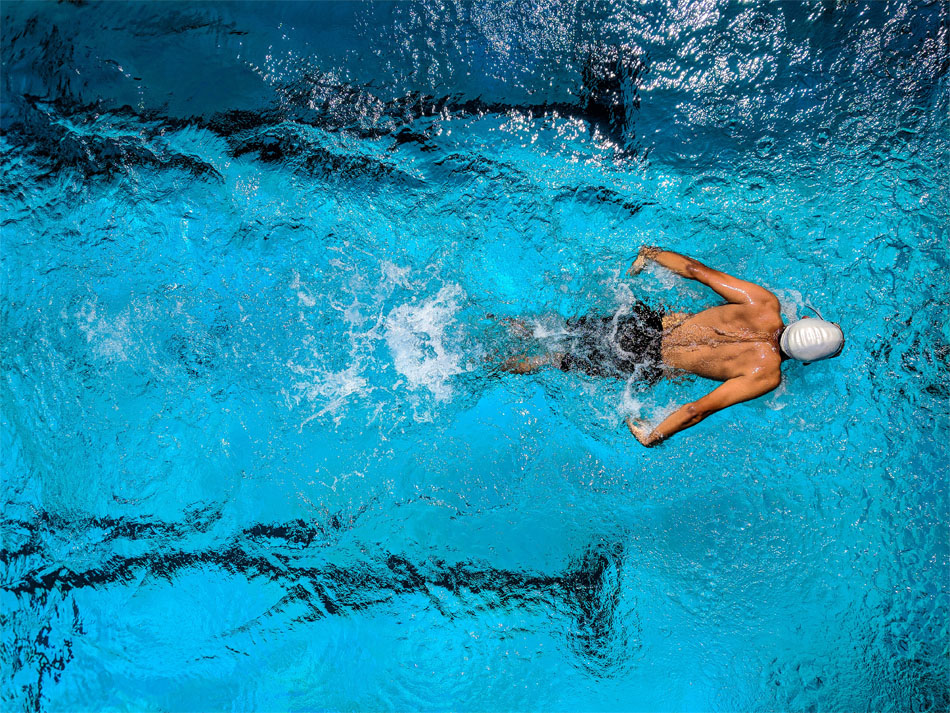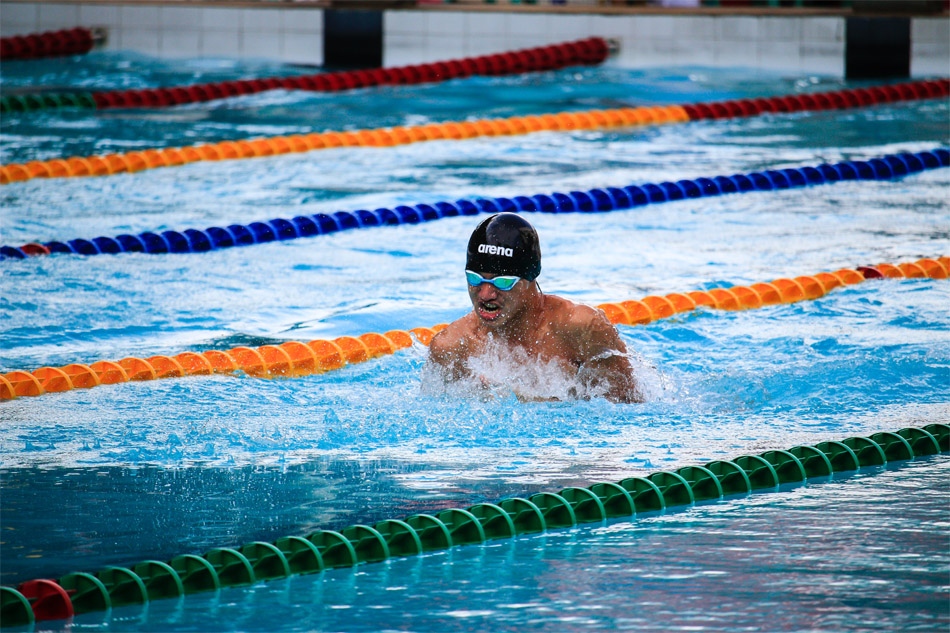Learn How to Swim Faster
Jul 18th 2023

If you’re interested in professional swimming or just like it as a hobby, you might have wondered how to increase your speed in the water. There might be many methods to improve your swim speed, but none are effective unless you’re consistent and dedicated. Swimming is both a recreational activity and a sport that requires a lot of strength, endurance, skill, and proper technique.
Learning how to swim faster will help optimize your performance and help with better body mobility and agility. From practicing stroke movements to improving your endurance outside of the pool, faster swimming is beneficial in many ways. With proper guidance, strategies, and tips on swimming faster, you can achieve measurable results that help you on your journey. Keep reading to understand how you can improve your swimming and get faster while you’re at it!
Focus on Technique
The foundation of good swimming is good technique. Mastering swimming techniques becomes critical when you’re determined to learn how to swim faster, and this starts with your body position while you’re swimming.
While stretching out your body in the water, focus on properly and completely aligning your body. A well-aligned position while swimming reduces drag and enables your body to glide through the water more efficiently. Other factors that can lead to a better technique include:
- Push-off from wall and leg kicks: A controlled and strong leg kick can help expel drag while increasing propulsion. Concentrate on the kick-starting from your hips, and increase ankle flexibility exercises in your routine for better control during leg kicks.
- Controlled arm strokes: Maintain a high-elbow position in the pull phase so you’re able to get maximum propulsion and minimize energy loss.
- Concentrate on breathing: Losing control of your breathing can lead to out-of-sync movements and cause you to lose focus while swimming. Maintain a steady rhythm and energy when you’re breathing throughout. Try bilateral breathing for balanced muscle growth and better body alignment.
The most important tips on swimming faster have to do with your technique and body posture while you’re swimming. Don’t skim over this part, and review your own posture to see where you can do better.
Introduce Interval Training
Just as interval training outside of the pool can lead to better athletic performance, it also improves performance within the pool. Alternate between intense bursts of activity followed by short periods of recovery when you want to learn how to swim faster. You will see an improvement in your anaerobic capacity and strength. But this doesn’t mean that you start extreme interval training from the get-go, as this can cause muscle damage and injuries that take time to heal.

Start with small intervals of fast swimming (100m) followed by a relaxed pace of swimming (50m). Try repeating this sequence a few times until you feel comfortable with the pace. As time goes on, you can increase the fast swimming distance while keeping the relaxed pace the same. Have a friend or coach monitor your training by using a timer; alternatively, you can use a timer yourself to pace yourself. Try using a good combination of strokes to alternate training and maximize results.
Increase Strength and Conditioning
There’s no denying that improving your body’s condition and strength will have an impact on your swimming performance as well. But how do you go about it? The best way to increase strength and conditioning for your body is through targeted working out. Start with strength training that targets muscles commonly used while swimming, including your shoulders, back, core, legs, and arms. Some bodyweight exercises that work great for this are planks, squats, pull-ups, and push-ups.
Introduce yoga, pilates, and other types of workouts that can help you build core stability while increasing flexibility and mobility. Think about cycling or jogging a few times a week to improve your endurance, so you can swim for longer without compromising on speed. Don’t miss out on stretching before and after you swim to maintain mobility and flexibility as well. When you want to learn how to swim faster, it’s crucial to understand that it’s not just your performance inside the pool but also what you do outside of it that matters.
Find a Mentor
To ensure that you learn how to swim faster in a sustainable and consistent way without injuring yourself, it’s important to have a mentor. A professional coach or swim instructor can be greatly beneficial as they can provide professional and informed advice for your personalized swimming approach. They can provide tips on swimming faster, and give consistent feedback on your progress.
Additionally, they will analyze your personal swimming technique and provide valuable insights on how you can further improve and enhance your swimming speed. A professional instructor can help you with finding the right gear, clothing, and more. They can be your guiding light when you feel like you're not making progress. They may also create a curated plan that helps you get a realistic timeline for the results you want. The plan can target your weaknesses and ensure that you optimize your current performance for desired results.
Don’t Forget About Self-Care
Yes, it might be important for you to learn how to swim faster for personal or professional reasons, but it shouldn't sacrifice your well-being, physical or mental. Place importance on rest days, not only for your body but your mind too. Focus on nutrition, and eat wholesome meals that nourish and sustain you for swimming.
Practice meditation to improve focus while you’re in the pool. It will enable you to concentrate on your technique, strokes, and pace while you’re swimming. Be positive with yourself, and repeat affirmations that help you stay in a good mindset, even when you’re not seeing the results you were expecting. Learning to swim faster isn’t as easy as it sounds, and it’s important not to start blaming yourself if nothing changes immediately.
Set Realistic Goals
Many people expect to drop time immediately once they start introducing strategies targeting making them faster, but that’s not always the case. When you start learning how to swim faster, understand that progress isn’t always linear. You might fail to see an improvement at first or improve and then go back to where you were. Consistency, sincerity, and dedication are necessary when you decide to learn how to swim faster. Set realistic goals, and when they aren’t achieved, reflect on what could have gone wrong. Swimming faster is a combination of technique, practice, and mental preparation.
Unlock your full potential when you have a proper strategy and tips on swimming faster to help you out. Don’t get disheartened when you don’t see progress immediately because all good things take time! Embrace the challenge and enjoy the process, and progress will naturally follow.












